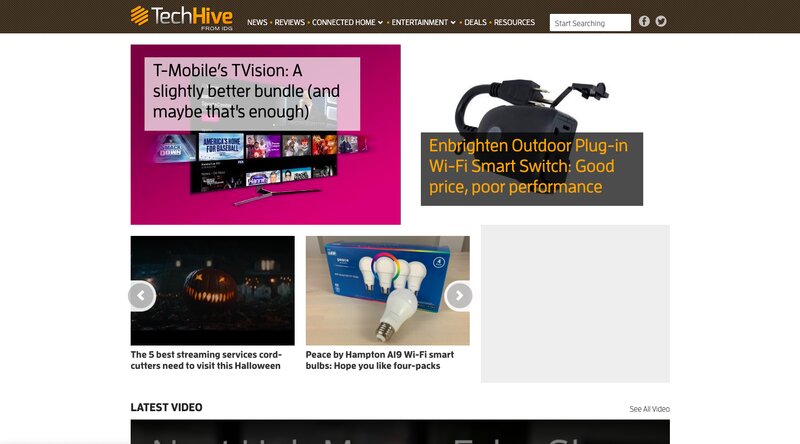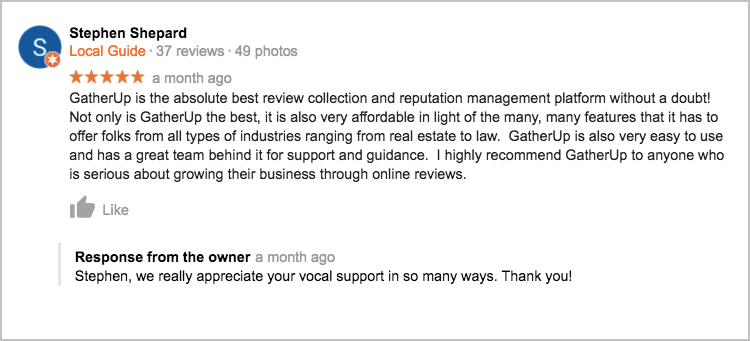
Patients and physicians both can benefit from the health consumer reports. This year's study outlines four key themes that should guide health care consumers. These themes are Optimism and Choices, Transparency and Patient-generated Data. These elements are crucial to increasing consumer satisfaction regarding health care.
Optimism
Positive outcomes have been associated with optimism, such as better health and well being. It is linked with coping strategies that highlight the positive aspects of stressful situations. Also, optimism can have indirect effects on your quality of life. Optimists are more satisfied with their lives than optimistic people.
Optimism is linked to a healthier lifestyle. People who are optimistic tend not to smoke, get more exercise, have a partner, and follow more medical advice. However, despite these benefits, there is no evidence to suggest that optimism is associated with a healthier diet and a leaner physique.
Choose from a variety of options
The Patient Protection & Affordable Healthcare Act (PPACA), created health insurance marketplaces that allow consumers to compare and select different types of health insurance plans. Many consumers do not have the knowledge necessary to make informed coverage decisions and end spending more money than they should. RAND researchers analyze the literature to see if consumers are making the right decisions about their health insurance.

Consumer choice is a key approach to improving the quality of health care in the United States. The health consumer report can provide information that will help consumers make informed choices about their health by asking them about their experiences with doctors and hospitals.
Transparency
Transparency in Health Consumer Report has many positive features. The report helps consumers make informed decisions about which hospital or doctor to choose. It comes with risks. It may be difficult for consumers to comprehend the jargon or the complex information in the report.
First, consumers may be less likely to make the right decisions when choosing a health provider. The health care system is highly complex, and it is easy for patients to default to the most expensive provider. Moreover, costs do not always reflect the quality of health care. Patients are often required to pay for prescriptions and facility fees. This can lead to higher bills.
Data generated by patients
Patient-generated data (PGHD), is data that has been collected by patients outside of a traditional healthcare setting. These data include information about prevention and health promotion activities. It extends the definitions health to encompass all aspects of life, not just illness and wellness. This data improves patient care through improved service and satisfaction.
The data can be collected from a variety of sources and can be used in health care. It may include personal information such as blood pressure readings, exercise information, and other health information. It is important to differentiate between patient-generated data and patient-reported outcome measures.

Biopharma companies
The pharmaceutical industry invests billions each year in research and development of new drugs. Despite these investments, prescription drug costs in the U.S. continue to rise. Despite this, many consumers are still willing to spend money on medications, even if they don't need them. Insulin is one example. It costs between $14 and $300 in the U.S., but only $6 to $30 in other nations.
The report included 35 large pharmaceutical companies, which generate revenue from their sales and have EBITDA exceeding $3.7 trillion. This was more revenue than the S&P 500. However, the profits of biopharmaceutical corporations were lower than that of S&P 500.